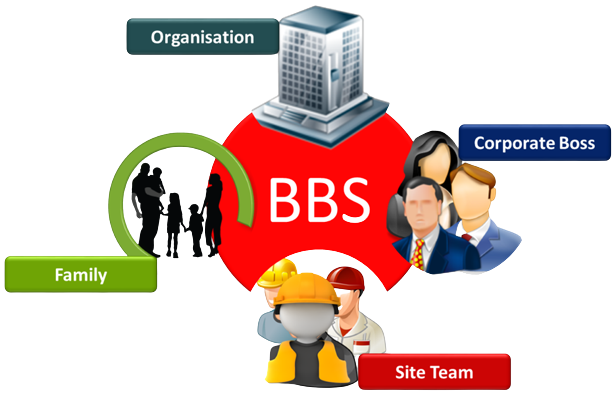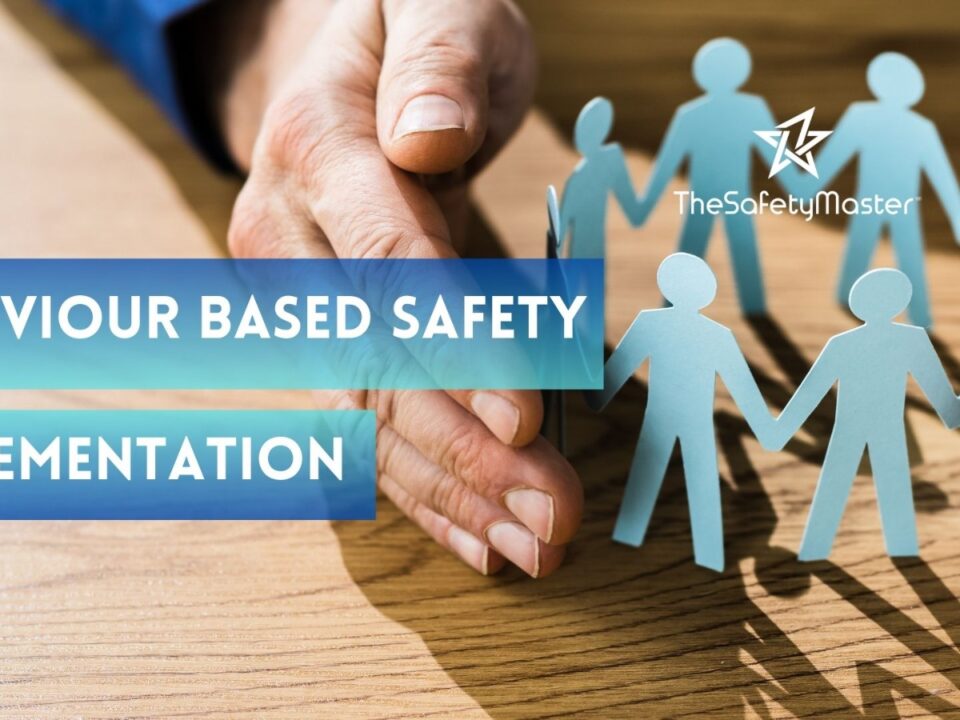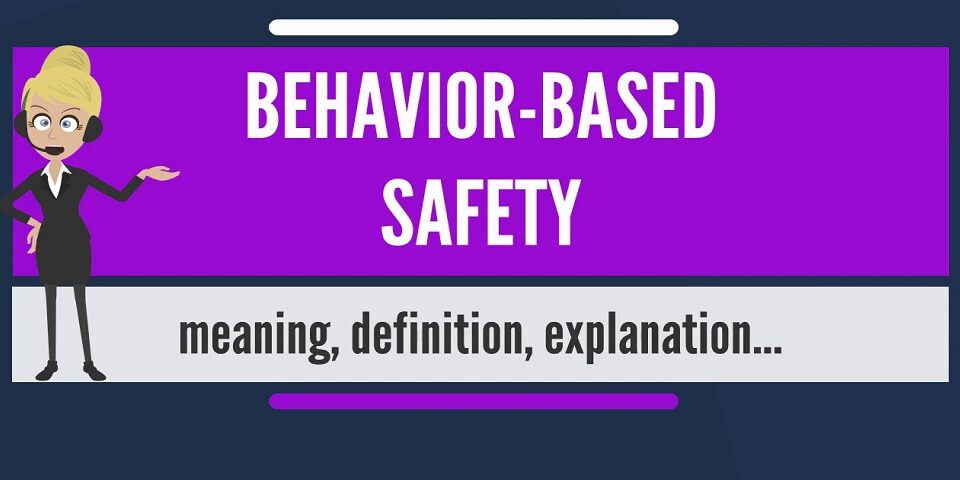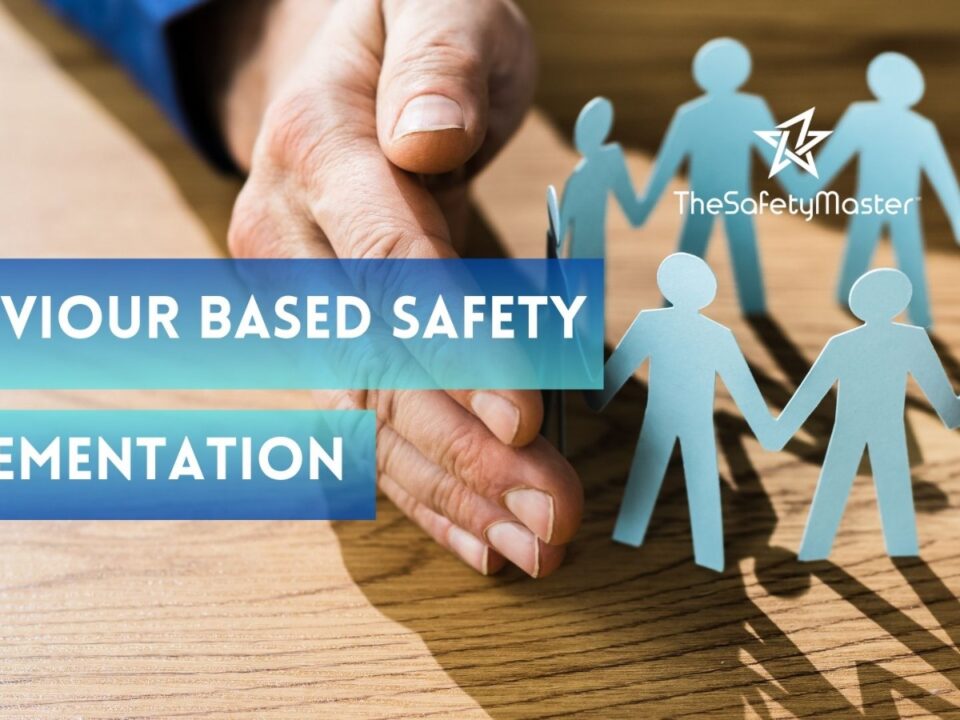The Role of Leadership in Driving Safety Culture Transformation

Enhancing Workplace Safety: 10 Essential Electrical Safety Training Topics and Safety Master’s Expertise in Electrical Safety Consulting in India
June 6, 2023
The Ultimate Guide to Implementing BIS14489 Safety Audit Standards
June 6, 2023The Role of Leadership in Driving Safety Culture Transformation
Every year, millions of people become victims of workplace accidents that could have been prevented with the right safety culture in place. As a leader, it’s your role to set the tone for your team and create a transformative safety culture that prioritizes employee well-being above all else.
In this article, we’ll explore the critical role of leadership in driving safety culture transformation and provide you with insights into how you can become a more effective leader when it comes to ensuring your team’s safety. Whether you’re managing a small team or leading a large organization, this article will give you practical tips and strategies to help you build a strong safety culture from the ground up.
The Importance of Safety Culture Transformation
Creating a strong safety culture in the workplace is essential for ensuring the well-being of employees and the success of a company. A positive safety culture is one that prioritizes safety as a core value and integrates it into every aspect of an organization, from policies and practices to employee behavior and attitudes.
A safety culture transformation can be a daunting task, but it’s worth it. Not only does it help prevent workplace accidents and injuries, but it also improves employee morale, productivity, and overall business performance. A positive safety culture sends a message to employees that their health and well-being are valued by the organization, which leads to increased job satisfaction and loyalty.
Leadership plays an integral role in driving safety culture transformation. It is up to leaders to set the tone for how safety is perceived within their organization. From top-level executives to front-line managers, all leaders must buy-in to the idea that safety is not just important but critical for success. When they lead by example, reinforce safe behaviors and encourage employees’ participation in building a positive safety culture; everyone benefits.
The First Step to Creating a Powerful Safety Culture
In order to transform your company’s safety culture, the first step is to understand the current state of your organization’s safety practices. This involves conducting an honest assessment of your current safety culture and identifying areas that need improvement. It’s important for leaders to actively listen to their employees about their experiences with safety and provide opportunities for them to voice their concerns.
Once you have identified areas for improvement, it’s time to create a clear and concise safety vision that aligns with the company’s goals and values. This vision should be communicated clearly and consistently across all levels of the organization, from senior management all the way down to front-line employees. It should be more than just words on paper – it needs to be something that every member of the team understands, believes in, and is committed to pursuing.
Creating a powerful safety culture starts with acknowledging where your organization stands currently in terms of its approach towards workplace health and safety. Once you know where you stand, you can then create a compelling vision that inspires everyone within the company. The process requires collaboration among all stakeholders, commitment at every level of the organization, constant communication about progress towards goals, and recognition for individual as well as group efforts.
The Characteristics of a Transformational Safety Leader
A transformational safety leader is someone who inspires and empowers their team to take ownership of safety practices and make safety a top priority in the workplace. They are forward-thinking, strategic, and able to see the big picture when it comes to implementing changes that improve overall safety culture.
One of the key characteristics of a transformational safety leader is their ability to communicate effectively. They are skilled at articulating their vision for a safer workplace and motivating others to work towards that goal. They also recognize the importance of active listening, taking time to hear feedback from their team members and incorporating those ideas into planning.
Additionally, transformational leaders prioritize employee development and engagement. They encourage learning opportunities related to safety practices as well as other professional development activities. This not only helps to build individual skill sets but creates a sense of investment in the overall success of the team.
A transformational safety leader recognizes that building a strong culture of safety requires collaboration across departments, roles, and levels within an organization. By fostering open communication channels between individuals and teams, they create an environment where everyone feels valued and invested in making meaningful contributions towards creating a safer workplace.
Creating a Vision for Your Team’s Safety Success
To drive a transformational safety culture, leaders must have a clear vision of what success looks like. This vision should inspire and motivate the team towards achieving safety excellence. It is essential to communicate the vision in a way that is easily understandable and relatable to every member of the team.
The vision for safety success must align with the organization’s overall objectives and priorities. The leader needs to define measurable goals that contribute to building a culture of safety, such as reducing injury rates or improving near-miss reporting. The goals should be realistic, achievable, and challenging enough to encourage growth and improvement in the safety performance.
The creation of this vision requires collaboration between leaders and team members across all levels of the organization. By involving everyone in creating this shared vision for safety excellence, it encourages ownership and fosters commitment towards achieving it. When everyone understands what they are working towards, it helps build trust within the team and encourages accountability.
Inspiring Ownership and Accountability Among Your Team
Leaders who can inspire ownership and accountability among their team members have the power to create a safety culture that thrives. When team members feel like they have a stake in the success of the safety program, they are more likely to take personal responsibility for their actions and look out for the safety of those around them.
One way to inspire ownership is by involving your team in the safety program ‘s development. Encourage them to provide input and suggestions, ask for feedback on new policies or procedures, and involve them in developing metrics to track progress. This will help make them feel like they are part of the process rather than just being told what to do.
It’s also essential to hold your team accountable for their actions. Establish clear expectations regarding safe behavior, including consequences if guidelines aren’t met. Make sure everyone understands how crucial following these rules is, not only for themselves but also for their colleagues’ well-being. Rewarding good behavior as well as holding people accountable when they fall short will reinforce how vital it is to take personal responsibility for workplace safety.
A leader who can successfully build ownership and accountability among their team members will create a culture where everyone takes pride in maintaining high standards of safety. This commitment will translate into fewer accidents, greater productivity, and an overall sense of wellbeing that benefits both employees and companies alike.
Encouraging Strong Communication to Build Trust
Effective communication is a fundamental cornerstone of any successful safety culture transformation. Leaders must create an environment where open and honest communication is encouraged and where safety concerns can be raised without fear of retaliation or retribution. Building trust among team members is essential to this process, as it fosters a sense of psychological safety that enables individuals to speak their minds and share their experiences.
To encourage strong communication and build trust, leaders must actively listen to their team members, acknowledge their concerns, and take action to address them. This involves regularly seeking feedback from employees regarding any safety hazards or risks they have observed, as well as providing regular updates on the progress being made toward goals. It also requires creating opportunities for open dialogue between all team members – from front-line workers to senior management – so that everyone has a voice in shaping the safety culture.
Leaders who encourage strong communication are more likely to uncover potential issues before they become major problems. By creating an atmosphere where employees feel comfortable speaking up about potential hazards or incidents, leaders can proactively address problems before they cause harm or damage. Additionally, promoting open communication builds trust among team members which allows for more effective problem-solving and collaboration – ultimately leading to a safer work environment for everyone.
The Power of Celebrating Successes Big and Small
It’s easy to overlook the importance of celebrating successes when it comes to building a safety culture. After all, shouldn’t safety be the default expectation for any workplace? While that’s certainly true, it’s equally important to recognize and appreciate the hard work that goes into creating a truly safe environment for all team members.
Celebrating successes – no matter how big or small they may be – can have a powerful impact on team morale and motivation. Not only does recognition help team members feel valued and appreciated, but it also reinforces positive behavior. When leaders take the time to acknowledge the progress their teams are making towards building a safety culture, they’re sending a clear message that safety is a top priority.
Being Consistent in Your Approach to Safety
One of the key challenges in driving safety culture transformation is ensuring that everyone on the team is on the same page when it comes to safety practices. This requires consistency in approach and messaging across all levels of the organization. A leader must ensure that they are consistent in their expectations, communication, and actions related to safety.
Consistency creates trust. When employees see that their leaders consistently prioritize safety, they are more likely to follow suit. Leaders need to be visible in their commitment by regularly communicating about safety goals, checking for compliance with established protocols, and providing support and resources necessary for success.
A leader who is inconsistent in their approach sends mixed signals and can undermine efforts to build a strong safety culture. For example, if a leader promotes the importance of wearing personal protective equipment (PPE) but fails to model this behavior themselves, employees may question whether PPE is truly important. Being consistent in your approach shows that you truly believe in the value of a strong safety culture and helps establish an environment where employees feel comfortable speaking up about any concerns or risks.
Empowering Your Team to Challenge the Status Quo
The most successful safety cultures are those that are constantly seeking to improve their processes and procedures. Leaders who empower their teams to challenge the status quo and offer new, innovative solutions are the ones who drive these improvements. To create a culture of continuous improvement, leaders must foster an environment where team members feel comfortable sharing ideas and testing new approaches.
A leader who believes in empowering their team will be more likely to hear new suggestions with an open mind and encourage team members to take ownership of implementing these changes. By offering resources such as training, time, and budget for experimentation, a leader can show that they value innovation and creativity. This approach will build trust between leaders and team members while driving constant improvement.
The Need for Continuous Improvement in Building a Safety Culture
Building a strong safety culture is not a one-time event, but it rather requires a continuous effort. Your work as a leader in driving safety culture transformation never ends. It is vital to communicate the importance of safety culture continuously and make it an ongoing priority throughout your organization.
Continuously improving the culture of safety requires an unwavering commitment towards identifying areas of improvement and implementing changes to address them. Encourage feedback from team members on what can be done better and be open to their suggestions. Provide opportunities for team members to learn and develop their skills to help build your organization’s culture of safety. Value their input as it will help you enhance the effectiveness of your health and safety initiatives.
Conclusion
In conclusion, creating a strong safety culture is critical for the success of any organization. However, this transformation cannot be achieved without strong, transformational leadership that inspires and empowers team members to prioritize safety in their daily work. By focusing on communication, accountability, celebration of successes, and continuous improvement, safety leaders can drive significant improvements in workplace safety and well-being. With the right approach and focus on excellence in every aspect of the job, organizations can transform their culture to prioritize safety above all else.
At TSM TheSafetyMaster Private Limited we offer following services
- Behavior Based Safety Implementation
- Safety Perception Survey
- Behavior Based Safety Training for employees
- Behavior Based Software
Please contact us at +91-7665231743 or email to info@thesafetymaster.com or visit website www.thesafetymaster.com




